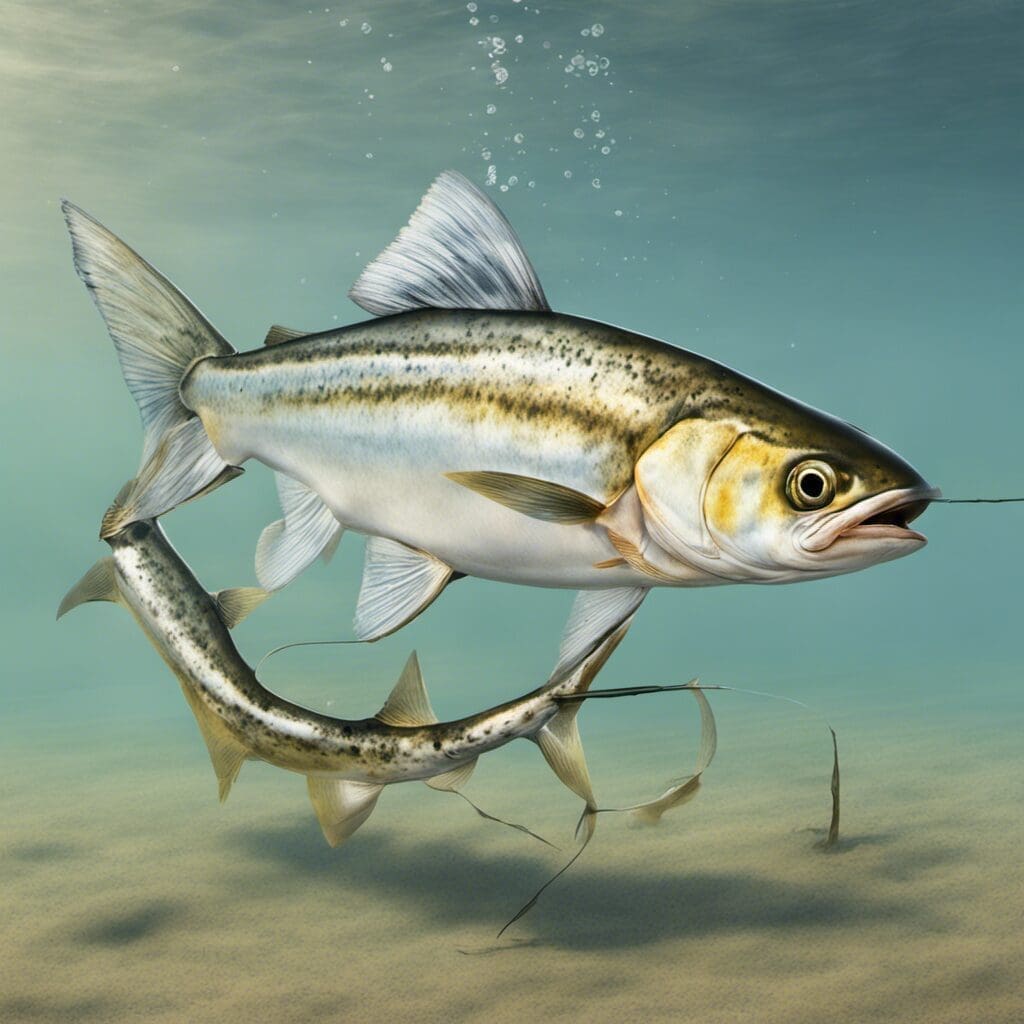Introduction
The Ladyfish, scientifically known as Elops saurus, is a marine fish species belonging to the family Elopidae. Known for their slender, rounded body and silvery-blue color, they are an exciting catch for recreational anglers.
Conservation Status
The current conservation status of the Ladyfish is considered “Least Concern” as per the International Union for Conservation of Nature (IUCN). Ongoing conservation efforts are centered around sustainable fishing regulations and the preservation of their natural habitats.
Statistics
| Statistic | Average | Range |
|---|---|---|
| Length | 50 cm | 15 - 90 cm |
| Weight | 2 Kg | 0.5 - 6 Kg |
| Average Lifespan | 6 years | N/A |
Distribution
The Ladyfish is found widely across regions in the Atlantic and Pacific ocean. Key areas of distribution include East and West coast of United States, as well as in waters around Mexico, South America, Africa, India, and Eastern Asia. No significant migration patterns have been noted for this species.
Habitats
Ladyfish prefer warm, brackish waters with temperatures spanning 32 – 72°F. Their depth range varies from surface levels to about 50 metres. They are commonly found in estuaries, coastal areas, and occasionally venture into freshwater systems.
When and Where to See
Ladyfish are seen all year round with more frequent sightings during the late spring and summer months. Anglers often spot them during the early morning or late evening hours when they actively feed.
Best Fishing Locations
Top places to find Ladyfish include:
- Biscayne Bay, Florida
- Keys, Florida
- Galveston Bay, Texas
- Mobile Bay, Alabama
- Darkar, Senegal
- Goa, India
- Singapore
When looking for Ladyfish, it can be helpful to spot areas with signs of feeding fish, such as surface disturbances. Find locations where small baitfish are abundant.
How to Catch
Ladyfish are attracted to shiny lures or small live bait. Fly fishing and trolling are usually the best techniques to catch them. The best times for fishing are early morning or late evening.
Identification Guide
Ladyfish have a slender, rounded body with silvery-blue color that darkens on the back, and a deeply forked tail. They have a pointed snout and large, mouth with small sharp teeth. They may be confused with Tarpon, but unlike tarpon, ladyfish do not have a lateral line and have smaller scales.
Culinary
Though not usually considered a table fare due to its bony structure, Ladyfish can be cooked, smoked or dried. Its taste is mildly sweet and it pairs well with citrus or spicy flavors. It’s a good source of protein and holds low fat content.
Additional Information
Ladyfish are predatory in nature, feeding mainly on small fish and invertebrates. They are known for their spectacular leaps and long runs when hooked. Major threats include habitat loss and recreational angling. The Ladyfish holds significance in sport fishing for its fierceness and agility.
References and Further Reading
For more information on Ladyfish, the following sources are recommended:

